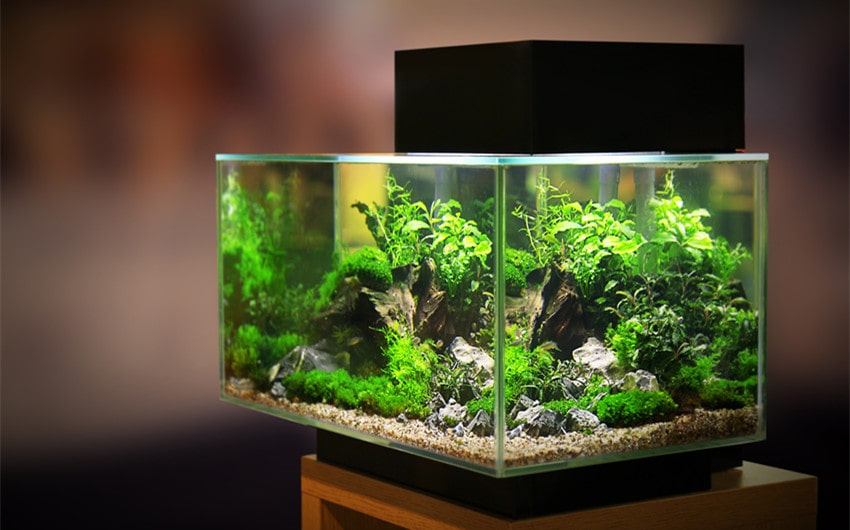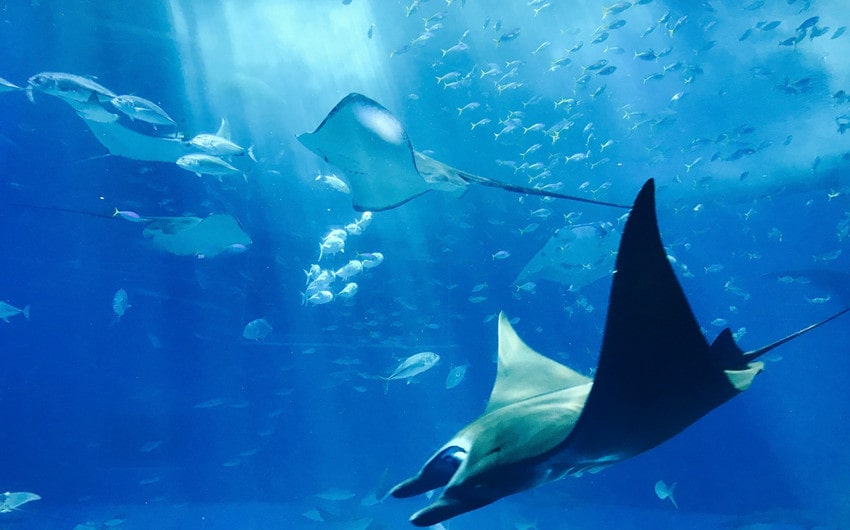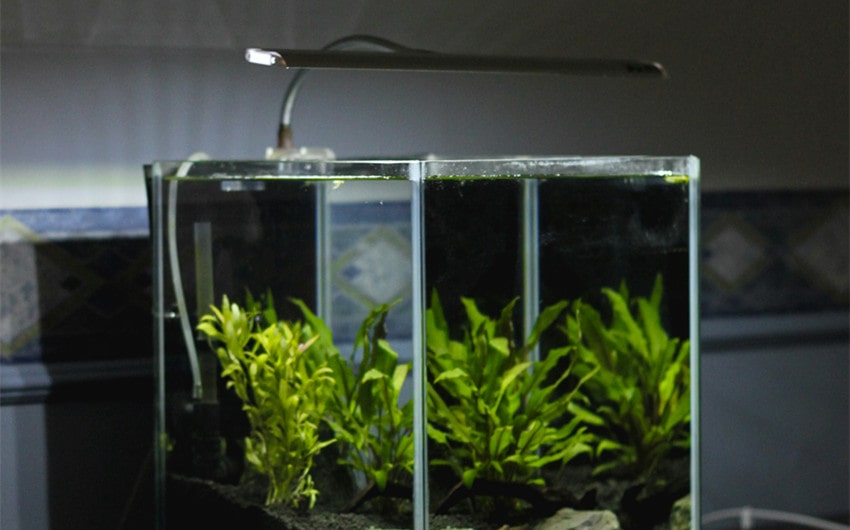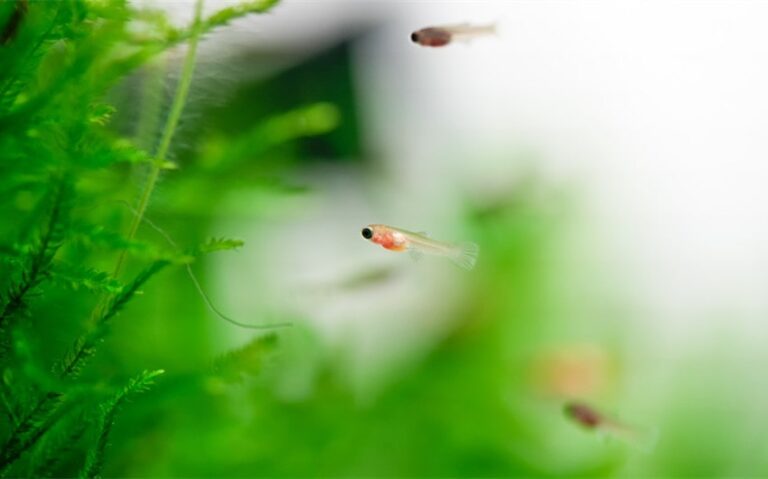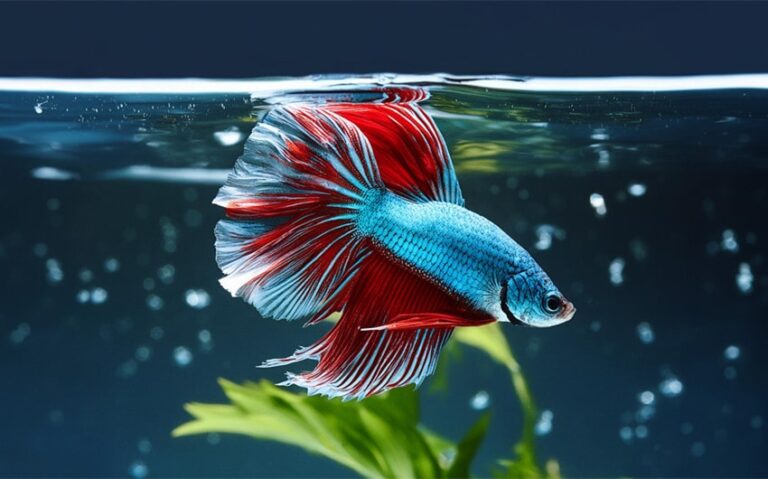Do Fish Need Light at Night? 3 Important Facts to Know
Aquarium lighting is an essential part of keeping your fish healthy and happy, but how much light is too much? If you’ve ever wondered, do fish need light at night? You’re not alone. Proper lighting can mimic natural environments, promote healthy behavior, and enhance the beauty of your tank.
However, just like humans, fish need periods of darkness to rest and recharge. In this article, we’ll explore whether fish benefit from nighttime lighting, when it might be necessary, and how to create the perfect light cycle for your aquarium to keep your aquatic friends thriving.
Do Fish Need Light at Night?
The question, “Do fish need light at night?”, is best answered by understanding fish biology and the importance of light-dark cycles in their natural habitats. In general, fish do not require light at night. On the contrary, continuous exposure to light can negatively affect their health and disrupt their natural behaviors. Below is a detailed explanation, grounded in science, of why darkness is essential for most fish.
1. Fish Require Darkness for Rest
Fish, like humans, have circadian rhythms—internal biological clocks that regulate their activity and rest patterns. These rhythms are synchronized with environmental light-dark cycles, which are crucial for proper physiological functioning.
While fish don’t have eyelids to block out light, they enter a state of rest during dark periods, often slowing their movements, reducing metabolism, and engaging in minimal activity.
Studies show that fish exposed to constant light exhibit reduced melatonin production, a hormone critical for regulating sleep-wake cycles. This disruption can impair their ability to rest, leading to stress and weakened immune systems over time.
2. Continuous Light Can Cause Stress
Excessive or constant light exposure can lead to significant stress in fish. Stress hormones, such as cortisol, increase when fish cannot experience periods of darkness.
Elevated cortisol levels over prolonged periods are linked to behavioral changes, decreased growth rates, suppressed immune responses, and increased susceptibility to diseases.
Research in aquaculture demonstrates that fish exposed to irregular or excessive lighting schedules display erratic swimming patterns, reduced feeding behavior, and heightened aggression, all signs of stress.
3. Natural Habitats Feature Light-Dark Cycles
In the wild, fish experience natural fluctuations in light. Whether in shallow rivers, deep lakes, or ocean environments, nighttime darkness is a consistent part of their habitat.
For instance, in deeper waters, fish are accustomed to low or no light conditions for extended periods. Recreating these natural light cycles in an aquarium is crucial for maintaining their natural behaviors and physiological rhythms.
Tropical freshwater fish such as tetras or bettas originate from environments with consistent day-night cycles, while some deep-sea species are adapted to perpetual darkness.
4. Dark Periods Support Metabolic and Reproductive Health
Darkness plays an essential role in the metabolic processes of fish. During rest periods in the dark, fish conserve energy, repair tissues, and process nutrients more efficiently.
For many species, reproductive behaviors are also tied to specific lighting patterns, and constant exposure to light can inhibit these natural processes.
Studies in ornamental fish breeding have shown that irregular light schedules can delay spawning or negatively impact egg quality in species like angelfish or goldfish.
5. Aquatic Ecosystems Benefit from Darkness
The effects of nighttime darkness extend beyond fish health to the broader aquarium ecosystem. Algae, for example, rely on light for photosynthesis. Continuous light exposure can result in overgrowth, which depletes oxygen levels in the tank and disrupts the balance of the ecosystem.
A controlled light-dark cycle ensures that photosynthesis by algae and aquatic plants is limited to daylight hours, maintaining stable oxygen and carbon dioxide levels in the water.
When Might Light at Night Be Necessary?
1. For Nocturnal Species
Some fish, like catfish, plecos, and loaches, are naturally nocturnal and become most active during the night. In their natural habitats, these species rely on dim moonlight or ambient light to navigate, feed, and exhibit natural behaviors. In an aquarium, providing complete darkness may hinder their activity and cause unnecessary stress.
To mimic their natural environment, dim blue or “moonlight” LED lights can be used to provide enough visibility without overwhelming them. This approach ensures these nocturnal species can thrive while maintaining a natural day-night cycle for other fish in the tank.
2. For Monitoring Sick or Injured Fish
When a fish is recovering from illness or injury, being able to observe its condition during nighttime hours is important. Dim lighting allows fishkeepers to monitor breathing patterns, physical changes, and behaviors without the need for bright lights that could disturb the fish.
Soft lighting also helps maintain a calm and stress-free environment for the fish during recovery. Adjustable lights that can be temporarily turned on for observation and then dimmed or turned off are ideal for these situations, balancing the fish’s need for rest with the aquarist’s need for visibility.
3. During Breeding or Egg Care
Certain fish species, such as angelfish or clownfish, may require specific lighting conditions during breeding or while caring for eggs or fry. Dim lighting at night can create a more secure environment, reducing stress and encouraging natural parental behaviors. Some species even use low light levels to guard and tend to their young more effectively.
Specialized aquarium lights with adjustable intensity can provide the optimal balance of illumination for breeding activities, ensuring the well-being of both the parents and their offspring while maintaining a natural atmosphere in the tank.
4. For Aquariums with Live Plants or Coral
In tanks with live plants or coral, lighting is primarily necessary during the day for photosynthesis, but certain coral species exhibit unique nocturnal behaviors, such as extending their polyps to feed.
These behaviors can be observed under dim or blue “moonlight” LED lighting, which simulates natural lunar cycles. While not required for most plants, this low-level lighting enhances the visual appeal of the tank and provides an opportunity for aquarists to appreciate the nocturnal beauty of their coral.
This approach can enrich the overall aquarium experience while supporting the health of coral and other photosynthetic organisms.
5. To Reduce Sudden Darkness in Large Aquariums
In larger aquariums, an abrupt transition from bright light to complete darkness can stress fish, as it does not mimic the gradual twilight they experience in the wild. Using programmable lights that gradually dim at the end of the day can help ease this transition.
For tanks where a soft night light is preferred, red lights, which are less disruptive to fish, can be used sparingly. This gradual adjustment minimizes stress and creates a smoother transition to darkness, fostering a more natural and comfortable environment for the fish.
Lighting Tips for Your Aquarium
Use a Timer: Automate light cycles to maintain consistency. Provide 8-12 hours of light daily to regulate fish circadian rhythms.
Mimic Natural Cycles: Simulate gradual dawn and dusk transitions with programmable lights to prevent stress from abrupt changes.
Match Species Needs:
-
- Diurnal Fish: Bright light for daytime activity.
- Nocturnal Fish: Dim blue or moonlight LEDs for nighttime activity.
Support Plants and Coral:
-
- Freshwater plants need 8-12 hours of moderate light.
- Coral requires high-intensity, spectrum-specific lighting (e.g., actinic blue).
Control Algae Growth: Limit light exposure to prevent algae blooms. Position the tank away from direct sunlight.
Invest in LED Lights: Use customizable LEDs for energy efficiency, color adjustment, and durability.
Observe Fish Behavior: Adjust lighting intensity and duration if fish show stress, lethargy, or excessive hiding.
Enhance Aesthetics: Use lighting to highlight fish colors and create a calming atmosphere, especially with dim blue lights at night.

